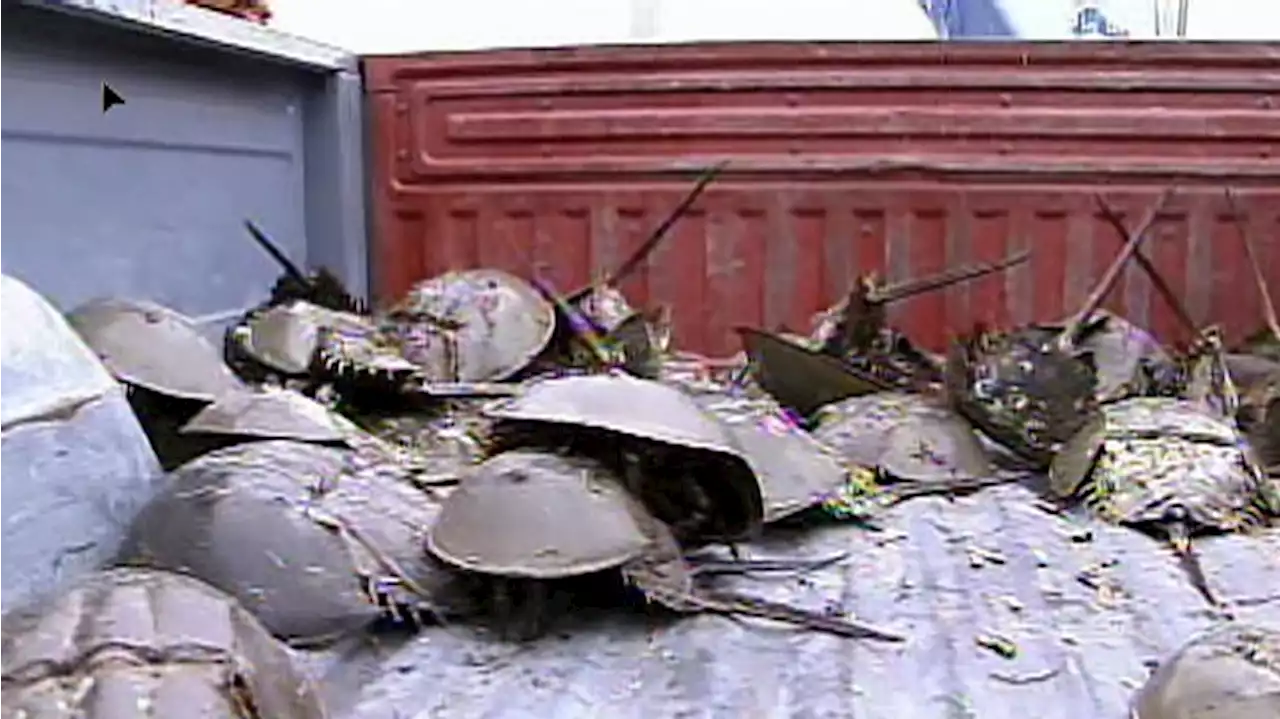A primordial sea animal that lives on the tidal mudflats of the East Coast and serves as a linchpin for the production of vital medicines stands to benefit from new protective standards.
The birds, which migrate some 19,000 miles roundtrip from South America to Canada and must stop to eat along the way, need stronger protection of horseshoe crabs to survive, said Bethany Kraft, senior director for coastal conservation with the Audubon Society. Kraft and other wildlife advocates said the fact the guidelines for handling crabs are voluntary and not mandatory leaves the red knot at risk.
There are only five federally licensed manufacturers on the East Coast that process horseshoe crab blood. The blood is often described by activist groups as worth $15,000 a quart , though some members of the industry say that figure is impossible to verify. “The goal is to give the crabs that are bled a better chance of surviving and contributing to the ecosystem after they are released,” she said.
“The critical role of horseshoe crab in the biopharmaceutical supply chain and coastal ecosystem makes their conservation imperative,” he said. The density of horseshoe crab eggs in the bay is nowhere near what it was in the 1990s, said Lawrence Niles, an independent wildlife biologist who once headed New Jersey's state endangered species program. Meanwhile, the population of the rufa red knot, the threatened subspecies, has declined by 75% since the 1980s, according to the National Park Service.
“What we want is the harvest to stop, the killing to stop, and let the stock rebuild to its carrying capacity,” Niles said.
